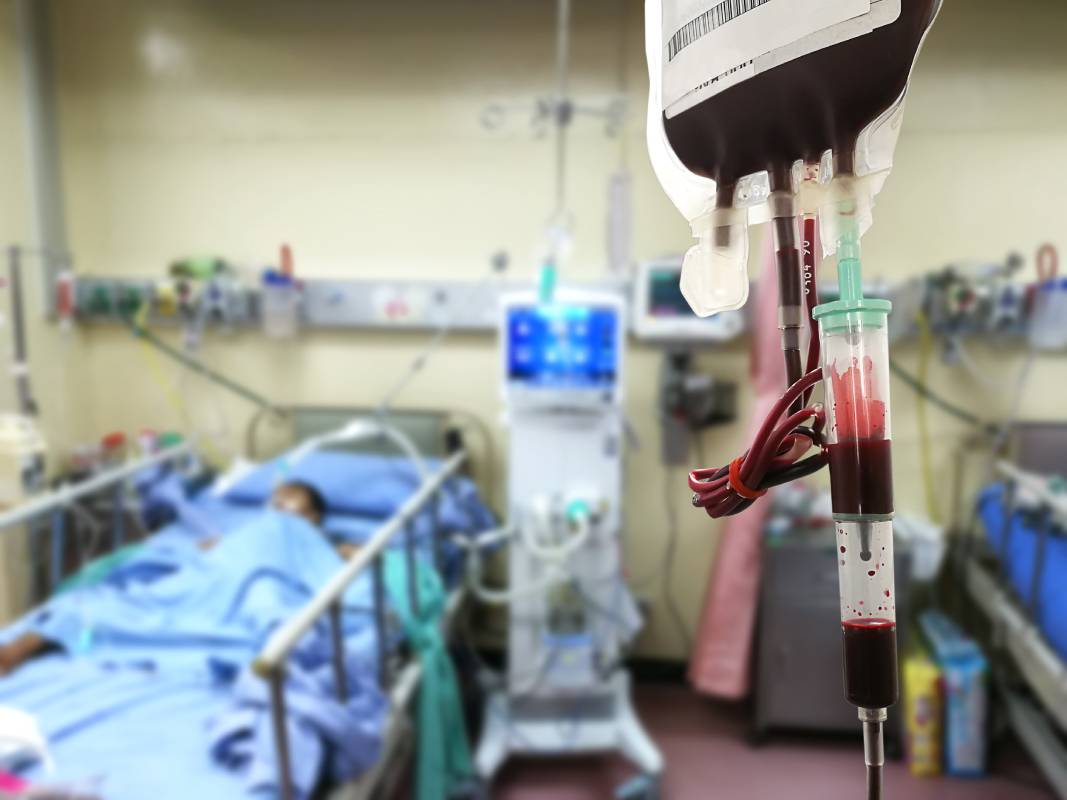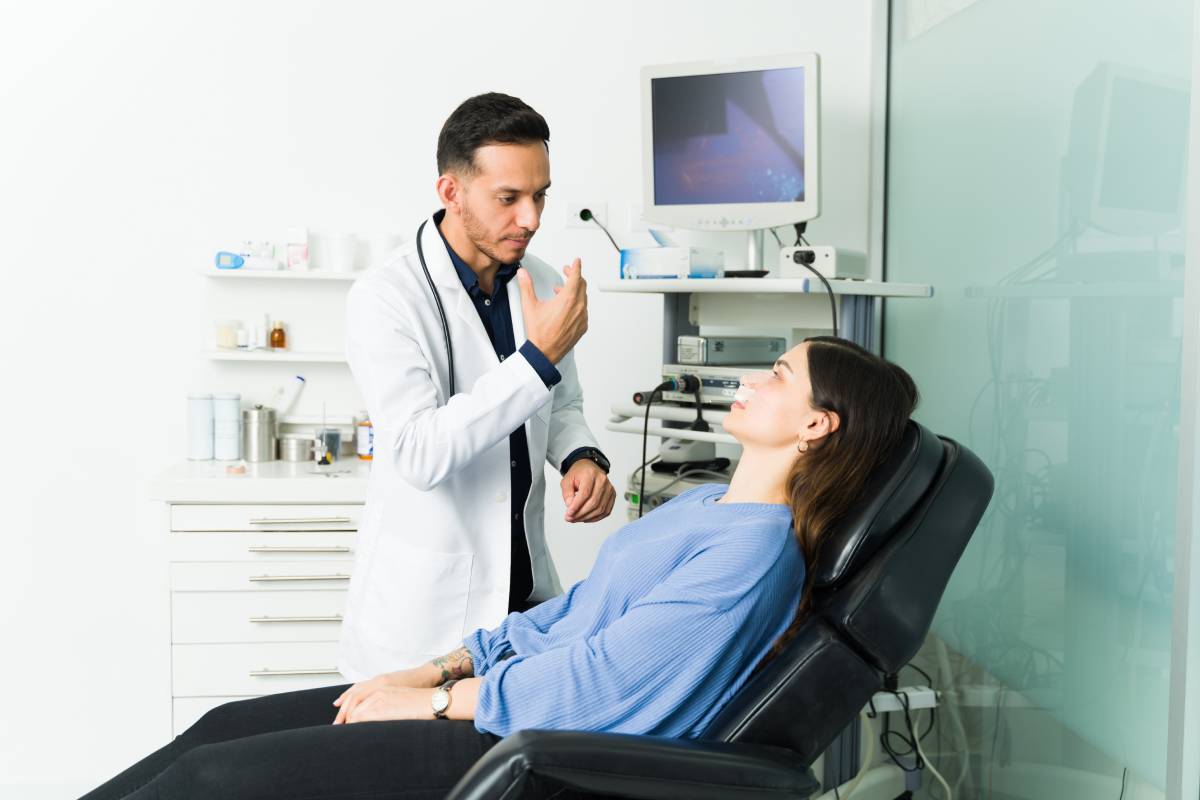Sedation by Non-Anesthesiologist Physicians
Sedation and analgesia by non-anesthesiologist physicians has become increasingly common in a variety of medical procedures, particularly in gastrointestinal endoscopy, emergency medicine, and minor surgery. This practice is driven by the need to improve patient comfort, reduce procedure time, and increase healthcare efficiency. However, safety and efficacy remain the foremost factors of clinical care, with some concerns about and limitations guided by patient outcomes and the adequacy of training for non-anesthesiologist physicians.
The utilization of propofol for sedation by non-anesthesiologist physicians has been one of the most discussed topics in this domain. Studies have shown that non-anesthesiologist-administered propofol sedation (NAAP) can be safely implemented, provided that the practitioners are adequately trained and adhere to established guidelines. Some research suggests that propofol sedation administered by non-anesthesiologist physicians improves patient and physician satisfaction and accelerates recovery and discharge times compared to traditional sedation with benzodiazepines and/or opioids (1). Despite these benefits, there is a need for ongoing assessment of the risks, particularly in patients with significant comorbidities or those undergoing complex procedures.
The safety of procedural sedation and analgesia by non-anesthesiologists has also been evaluated in comparison with anesthesiologist-led sedation. A study examining the morbidity and mortality associated with sedation by non-anesthesiologists versus anesthesiologists found no significant difference in patient outcomes, provided that the non-anesthesiologists were well-trained and the procedures were performed in a controlled environment (2). These results support the notion that, under appropriate conditions, non-anesthesiologist physicians can safely provide sedation and analgesia.
However, the success of such practices largely depends on patient selection and careful monitoring of sedation levels. Ferreira et al. (2016) conducted a randomized controlled trial comparing non-anesthesiologist sedation to anesthesiologist-led sedation during colonoscopy in low-risk patients. The study concluded that non-anesthesiologist sedation was noninferior to anesthesiologist-led sedation in terms of safety and efficacy, highlighting the importance of patient selection in minimizing risk (2).
The European Society of Gastrointestinal Endoscopy has also recognized the role of non-anesthesiologists in administering propofol for gastrointestinal procedures. Guidelines published by the Society endorse this practice, particularly in settings where anesthesiologists are not readily available, provided that the non-anesthesiologist is properly trained, and the procedure is performed in a setting equipped to manage potential complications (3). These guidelines have contributed significantly to the growing acceptance of NAAP throughout Europe.
However, the expansion of non-anesthesiologist sedation practices has not been without controversy. In some regions, there is resistance due to concerns about patient safety, medicolegal issues, and perceived encroachment on the anesthesia profession. Manno et al. (2021) highlighted the challenges in Italy, where non-anesthesiologist sedation for digestive endoscopy, although well-established in other countries in the region, faces significant barriers due to regulatory and cultural factors (4).
In conclusion, while sedation and analgesia by non-anesthesiologist physicians is increasingly accepted, particularly in gastroenterology, the practice must be carefully regulated and supported by robust training programs. Patient safety should remain a priority, with strict adherence to guidelines and careful patient selection. As the practice evolves, ongoing research and evaluation will be essential to ensure that it meets the highest standards of care.
References
- Burtea DE, Dimitriu A, Maloş AE, Săftoiu A. Current role of non-anesthesiologist administered propofol sedation in advanced interventional endoscopy. World J Gastrointest Endosc. 2015;7(10):981-986. doi:10.4253/wjge.v7.i10.981
- Ferreira AO, Torres J, Barjas E, et al. Non-anesthesiologist administration of propofol sedation for colonoscopy is safe in low risk patients: results of a noninferiority randomized controlled trial. Endoscopy. 2016;48(8):747-753. doi:10.1055/s-0042-105560
- Dumonceau JM, Riphaus A, Schreiber F, et al. Non-anesthesiologist administration of propofol for gastrointestinal endoscopy: European Society of Gastrointestinal Endoscopy, European Society of Gastroenterology and Endoscopy Nurses and Associates Guideline–Updated June 2015. Endoscopy. 2015;47(12):1175-1189. doi:10.1055/s-0034-1393414
- Manno M, Biancheri P, Pignatti A, Becchi E, Gazzi M, Soriani P. Non-anesthesiologist sedation (NAS): The Italian retrotopia needs to be overcome. Dig Liver Dis. 2021;53(11):1513-1514. doi:10.1016/j.dld.2021.05.036
More From The Blog

Role of Anesthesiologists in Patient Blood Management
Patient blood management is an evidence-based, multidisciplinary approach aimed at optimizing the care of patients who require a blood transfusion. It focuses on minimizing blood

Common Adult ENT Procedures in the Outpatient Setting
A number of Ear, Nose, and Throat (ENT) procedures can be performed in outpatient settings. These procedures are typically minimally invasive, allowing patients to return home the same day without the need for extended recovery in a hospital.